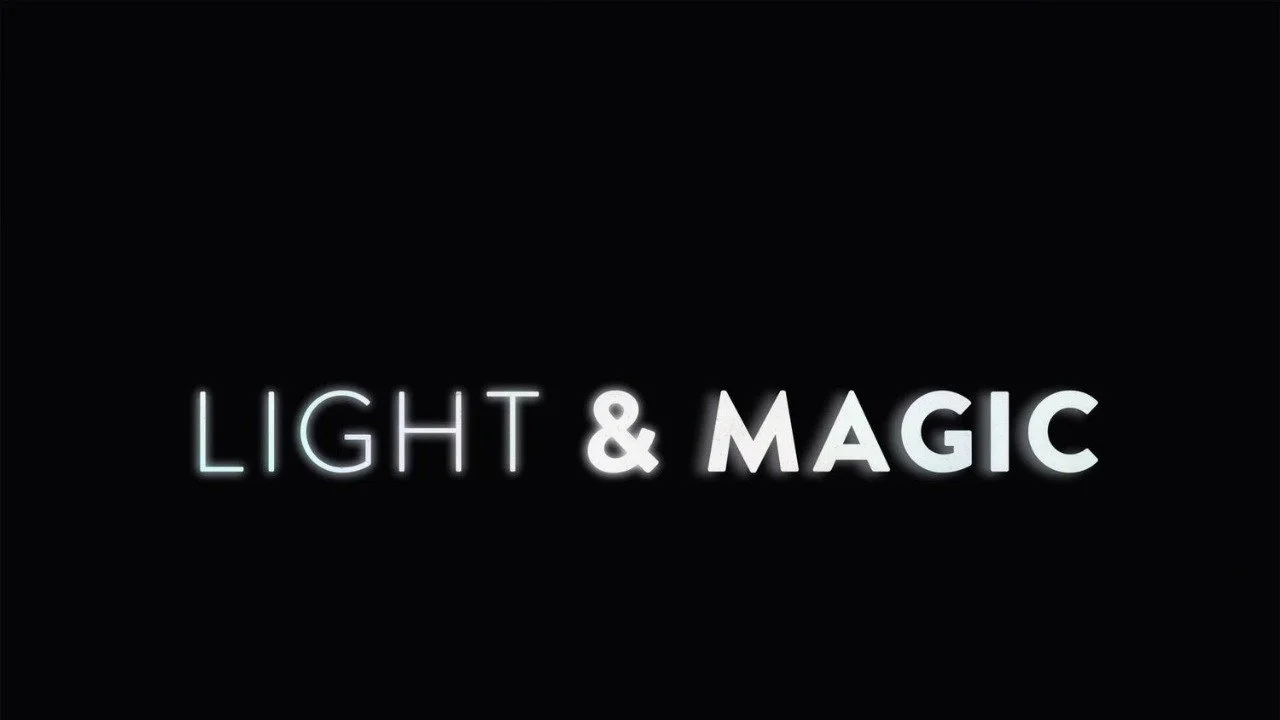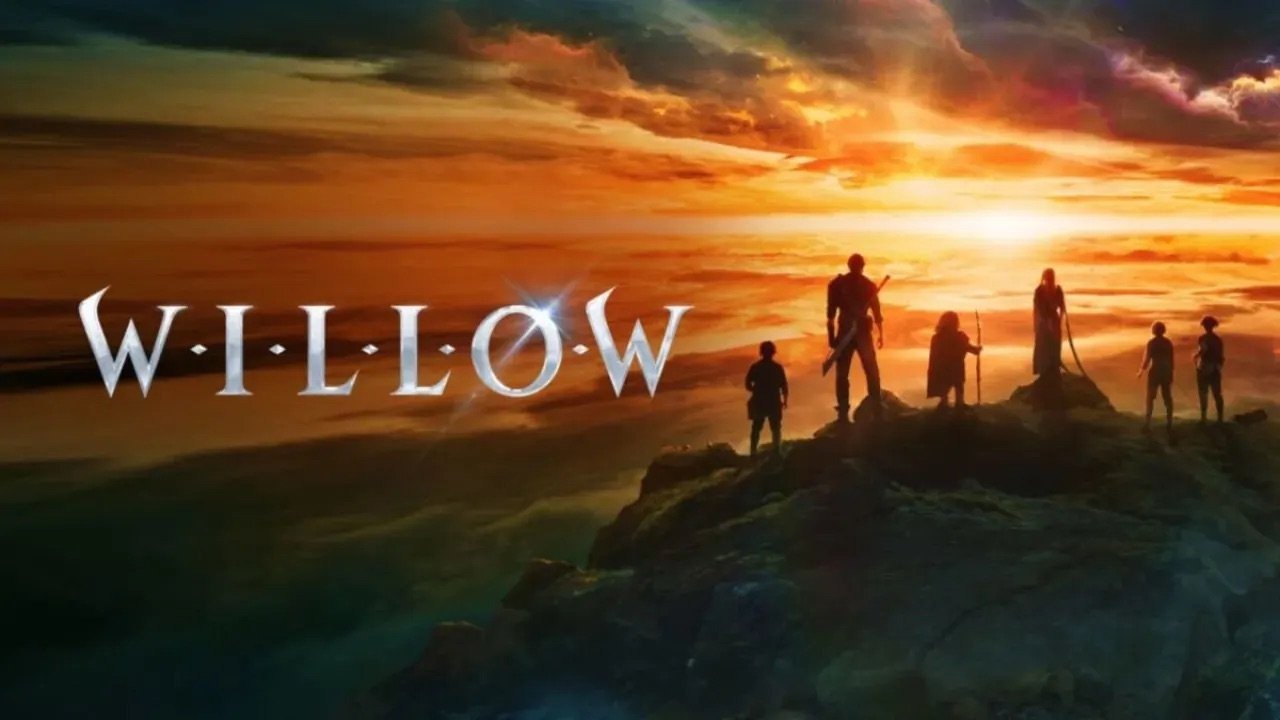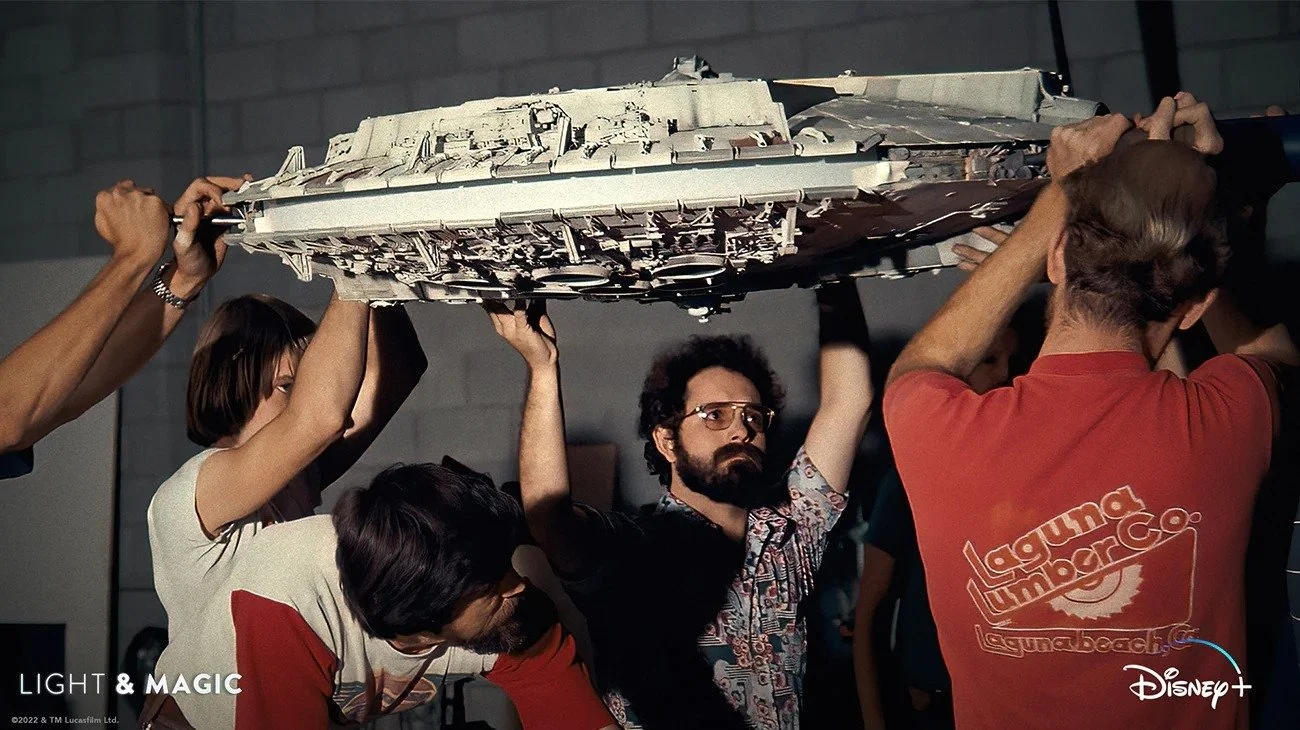Disney's ‘Light & Magic’ Episode One Review
Cinema has always been tasked with bringing the impossible to life. The magic inherent to the heady beginnings of the moving image can always be linked to the art of special effects. The artistic and engineering minds of visual effects artists are the key to building the fantastical worlds we have come to expect on-screen, from the surreal camera trickery of Georges Melies in A Trip to the Moon (1902) to the technicolour spectacle of Ray Harryhausen’s King Kong inspired beasts in Jason and the Argonauts (1963), right through to the handcrafted psychedelic effects of Everything, Everywhere, All At Once (2022). However, one studio towers over the film landscape we know, Industrial Light & Magic.
The focus of LIGHT & MAGIC (2022), a previously teased six-part docuseries recently released on Disney+, we are offered a look into the pioneering effects studio behind some of the most iconic visuals of the last half-century. With series such as Star Wars, Back to the Future, and Jurassic Park only being a small sampling of their extensive 47-year history, it appears this docuseries offers a condensed retelling of the past and current innovation of the studio- and what better place to start than at the beginning, with the story of a gang of outsiders?
RELATED:
In the first episode (its title taken from a 1979 clip of George Lucas in the opening), we hear a retelling of the circumstances that brought together a group of dreaming artists, modelmakers, animators, and camera technicians to create the effects for the original Star Wars. Lucas recounts, both in the golden-hour light of present-day and the comfortingly fuzzy tape from 1979 that he found himself faced with a problem something almost insurmountable at the time- the limit of what was technically possible. With 2001: A Space Odyssey (1968) still considered the opus of special effects at the time, committing the speed and action that would become Lucas’ enduring directorial love affair to film was considered technically impossible but when has that ever stopped a filmmaker?
In 1975, Lucas found himself searching for an “optical effects house” capable of bringing his vision to life not only an expansive space opera but one with a dynamic series of dogfights with the speed of World War II bombers and the scale of Flash Gordon. Sequences that, according to Lucas himself, countless fans, and even my own father had never been done before. Despite an exhaustive search, the director came up empty- and resolved to put together a team capable of putting together what would eventually be titled, A New Hope.
John Dykstra, the original head of the special effects team and self-described “lucky guy,” is spoken of by Lucas as the gateway into the secret world of artists, camera technicians, animators, engineers, and model-makers that never believed they would find a wage for their passion- let alone change the world of cinema as we know it. He is more humble, simply describing pulling friends and enthusiasts together to create the models and cutting-edge cameras for the “sci-fi movie” and imparting a warmth and enthusiasm that can’t help but force a smile. It appears this is a habit of this first episode, as it draws upon members of the original Industrial Light & Magic team to share their stories of how they either stumbled into or fell in love with the labour of special effects Richard Edlund and Dennis Muren, too, draw smiles and heartwarming notes during their segments on childhood.
There is a palpable sense throughout- as the slickly edited first episode makes fantastic use of classic film clips, behind-the-scenes video, development photographs, and home movies from Phil Tippett and Dennis Muren- that there was as much joy as there was a challenge in creating the original Star Wars, and setting a solid stage for the next episode to follow the Industrial Light & Magic studio’s spectacular rise.
Admittedly, elements that contribute to the series’ overall tone of whimsy and brisk pacing, such as the near omnipresent music and aspects of the audio editing, intrude somewhat into what some viewers may like to be immersed in more- the storytelling from interviewees and more interesting clips of behind-the-scenes moments but overall, LIGHT & MAGIC begins with aplomb. And whilst veteran fans of the studio are unlikely to find anything new in terms of information, those seeking a comfy watch, or wanting to hear the birth of modern cinema from the mouths of masters with a smile, are likely to find that there’s something to come back to.
READ NEXT:
Source(s): LIGHT & MAGIC




